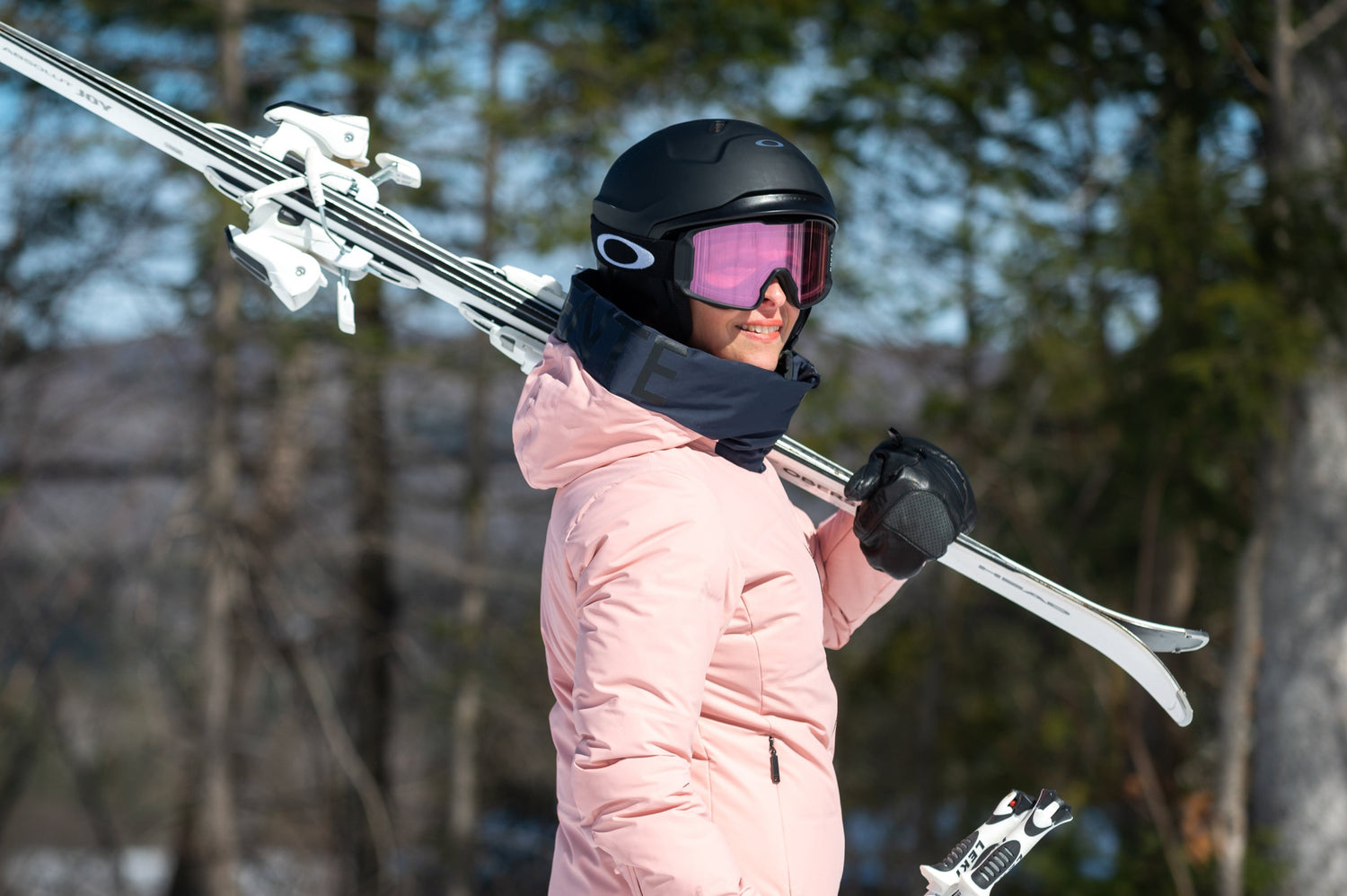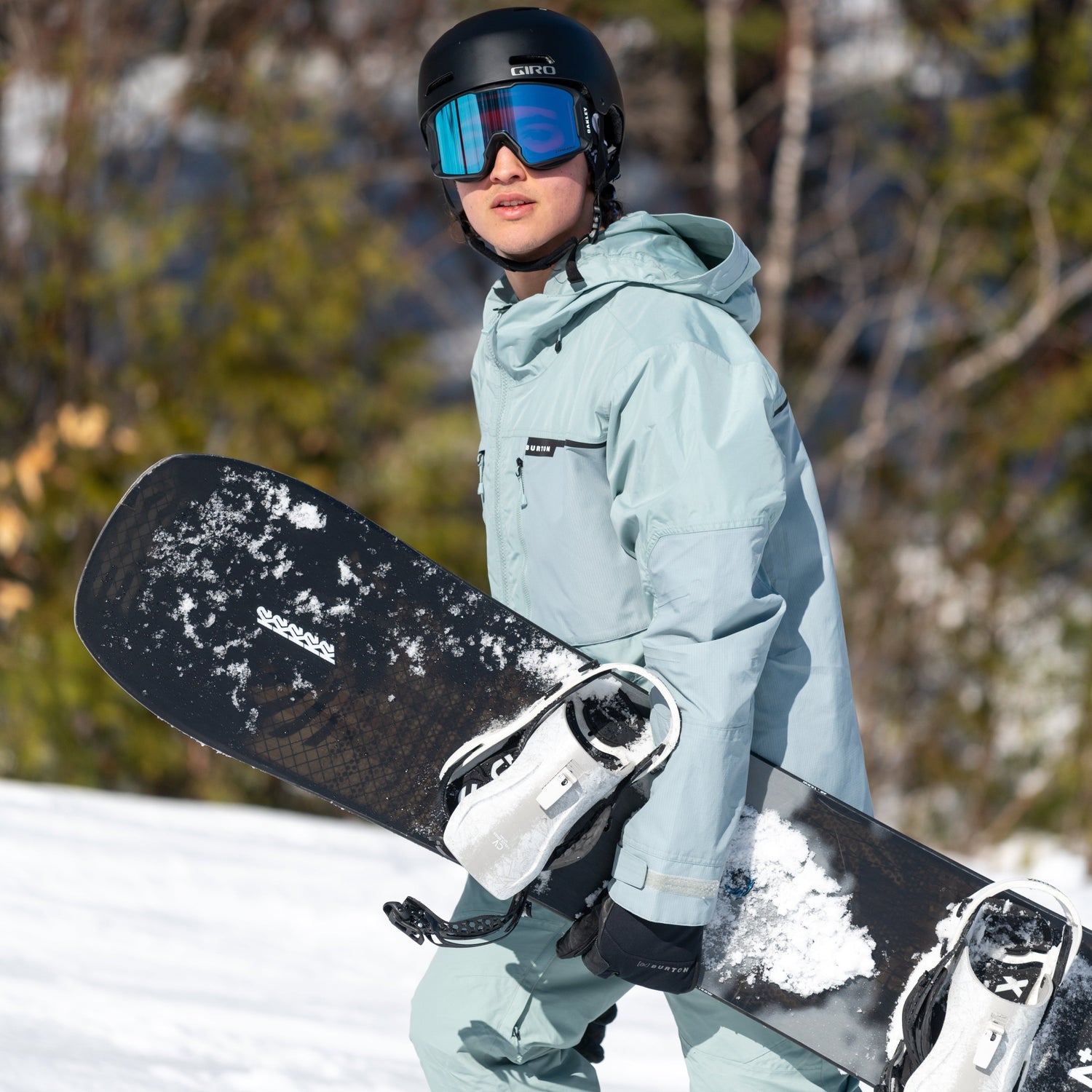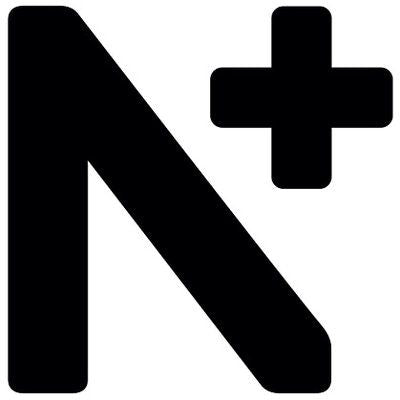To choose women’s alpine ski gear that feels right, start by considering your skill level, your terrain of choice, and the way different skis and boots respond underfoot. It also helps to know that brands take different approaches to women’s gear and how this affects performance and feel.
The Basics: Determining Your Needs
There are many types of alpine skis and ski boots for women, but you can orient your search around the following two questions:
- What’s my skill level?
Beginner, intermediate, advanced, expert. - On what type of terrain will I ski most often?
Groomed runs, glades, steeps, snow parks, powder or a little bit of everything?

Types of Alpine Skis
Once you know your skill level and preferred terrain, it’s much easier to home in on the right kind of skis. Skis can be broken down into six main categories: on-piste skis, all-mountain skis, freestyle skis, freeride skis, powder skis, and alpine touring skis.
On-Piste Skis
- Waist that’s 85 mm and under
- Camber
- Models available for both beginners and experts
- Designed for on-piste skiing and groomed surfaces
- Bindings usually included
All-Mountain Skis
- Waist between 85 mm and 90 mm
- Very versatile
- Can handle groomers and glades in different snow conditions
- Suitable for varied skill levels, depending on the ski’s construction
Freestyle Skis
- Waist between 80 mm and 90 mm
- Double rocker
- Impact-resistant construction
- Designed for tricks in the snow park
- All-mountain freestyle models available
- Playful and forgiving

Freeride Skis
- Waist between 90 mm and 120 mm
- Ideal for snowy conditions
- Excel on steeps and in snowy glades
- Can be used as an alpine touring ski
- For advanced, experienced skiers
Powder Skis
- Waist between 105 mm and 120 mm
- Rocker
- Perfect for glades after storms
- Floats in deep powder (20+ cm)
- Surfy feel
- Not designed for hardpack and ice
- For intermediate to advanced skiers
Alpine Touring Skis
- Waist between 84 mm and 112 mm
- Narrower touring skis are best for uphill efficiency
- Wider models float in deep powder
- Lighter for uphill efficiency
- Ultralight skis won’t perform well in tough conditions
- Used with an AT binding
- Used with climbing skins
- Great for cardiovascular fitness
- For intermediate to expert skiers
Interested in learning more about the different types of skis? Read our article "Types of Alpine Skis: How to Make Your Choice?"
Ski Construction Basics
Ski construction has a huge impact on your experience on the slopes. Understanding a few key elements makes it much easier to choose a model that matches your style and needs.
Core Materials
Most skis use a wood core because it offers the best mix of strength, pop, and vibration dampening. Different wood species influence overall weight and stiffness. Hardwoods (maple, beech, ash) add rigidity and absorb vibrations effectively. Softwoods (paulownia, aspen, poplar, caruba) are lightweight and have a softer flex that can enhance manoeuvrability at slower speeds.
Reinforcements
Layers of fibreglass, carbon or metal (often titanal) add stability and power. More reinforcement usually means better edge grip and superior performance, especially on firm snow.
Flex
A ski’s flex determines how easily it bends. Softer skis are more forgiving, more playful, and easier to manoeuvre at lower speeds. Stiffer skis are more precise and stable at higher speeds.
Torsional Rigidity
This refers to how resistant a ski is to twisting horizontally. Higher torsional rigidity improves edge hold on hardpack.
Rocker and Camber
Camber helps with edge grip and pop on groomed runs. Rocker—at the tip, tail, or both—improves float in softer snow and makes the ski easier to pivot. Many models combine both profiles for the best of both worlds.
Waist Width
Narrower skis are swift edge to edge and excel on firm snow. Wider skis float in powder and provide stability on soft or chopped-up snow.
Turn Radius
Shorter turn radii make tight, quick turns easier. Longer radii feel more stable at speed and are best for wide, sweeping arcs.
For more information on the different kinds of skis, see our article “Types of Alpine Skis: How to Make Your Choice?”.

How Different Brands Design Women’s Skis
Brands have different approaches to designing women’s skis. Some offer women-specific constructions. Others use unisex designs with broader size offerings. Many companies’ women’s skis simply have different topsheet aesthetics on women’s models.
There’s no single correct approach. Many skiers prefer women-specific constructions that best match their skiing style and body mechanics. That said, other skiers feel more at home on unisex or men’s skis (with or without graphics designed for women), especially if they’re fast, aggressive skiers.
Many smaller or newer skiers appreciate lighter skis or softer flex patterns, while advanced skiers often prefer longer, more rigid skis. But there are no strict rules about what is best for whom. The most important thing is how the ski feels for you. Here’s a breakdown of the three different approaches:
- Women-specific constructions
These skis are engineered for women. Differences include adjusted flex patterns, softer flexes, lighter cores and overall weights, shorter rocker, and slightly forward mount points. For many women, these skis feel more intuitive, less taxing, and more forgiving. Examples include product lines such as Blizzard-Tecnica’s Black Pearl, Nordica’s Santa Ana, and Rossignol’s Rallybird. - Unisex designs with broad size ranges
These skis are the same for all genders. They’re offered in lengths and flexes that suit a wide variety of skiers. They can be a good choice for women seeking a powerful, stable feel. Line is one of the prominent brands in this category. - Different graphics
Some brands use the exact same construction for all skiers with different topsheet graphics and lengths in their women’s models (for example, Black Crows’ Birdie line).
How to Choose Women’s Alpine Ski Boots?
Fit
Choosing ski boots comes down to flex, foot width (narrow, medium, or wide), and size. To find the right alpine ski boot, having your feet measured is critical.
A ski boot that fits your foot properly should be snug without any pressure points or discomfort. A boot that’s too big sacrifices performance even if it’s more comfortable.
A professional bootfitting can help ensure you have a boot in the right size that’s adjusted to your foot. To learn more about this process, read our article “Bootfitting: Everything You Need to Know.”
Flex Index
The flex index indicates a boot’s stiffness level based on its overall design (including the materials used to build the shell, liner, buckles, and straps). Flex affects how easily the boot bends forward and how precisely it transfers movements to your skis.
Flex indices for women’s ski boots range from 60 to 130. The higher the number, the stiffer the boot will be and vice versa. Body type and skill level are key factors in determining which flex feels right. Very soft boots are easier to ski with, making them perfect for learners because they forgive mistakes and provide more mobility. This simplifies initiating and exiting turns. Stiffer boots are more responsive. The energy transfer is livelier, which makes them ideal for seasoned skiers with a more aggressive skiing style. Keep in mind that there are no standards for flex indices. The feel of a given flex index may vary from one manufacturer to another.
Flex Index for Women’s Alpine Ski Boots
- 60 to 90 — Beginner, occasional skier, or smaller skiers.
- 90 to 110 — Frequent skier with an intermediate to advanced skill level
- 110 to 120 — Frequent skier with an intermediate to expert skill level
- 130 — Expert who needs a high-performance boot
Are Women’s Ski Boots Designed Differently?
Women’s ski boots are designed for common anatomical differences, such as calf shape, tibia length, and heel width. These adjustments help women achieve a more natural stance, better comfort, and stronger energy transfer. That said, some skiers prefer unisex or men’s boots, depending on their height, calf and foot shape, or performance needs.
Common differences in women’s ski boot design:
- Lower, shorter cuff — Avoids calf pinch and accommodates shorter tibias
- Wider cuff flare — More room for the lower calf muscle
- Narrower heel pocket — Improves heel hold and reduces movement
- Warmer liners — Extra heat for those who tend to get cold
- Women-specific lasts (on some models) — Adjustments for forefoot shape, instep height, or narrower width
- Softer flex options — A wider range of flexes suited to lighter or newer skiers
For more information about how to find the right alpine ski boots, take a look at our article "How to Choose Alpine Ski Boots?"

FAQ — Women’s Ski Gear
Can women use men’s skis and boots?
Yes! It’s all about finding gear that’s the right size and whose characteristics match your height, weight, level, and skiing style. Many women ski in men’s gear.
What size ski should I choose?
Your ski size is based on your height, weight, level, and skiing style. When stood on end, skis should reach somewhere between your chin and the top of your head. Shorter skis are generally more manoeuvrable, and longer ones are more stable at high speeds.
For a complete breakdown of this topic, check out our blog article “How to Choose Your Alpine Ski Size”.
What socks should I wear with ski boots?
Go with ski socks in merino wool, synthetic materials, or a blend of both. Avoid cotton, which absorbs moisture, stays wet, and chills your feet.
How do I keep my feet warm in ski boots?
Wear a ski boot that fits properly and avoid thick socks. Constriction causes poor blood circulation, which cools off your feet. If your feet still tend to get cold, consider heated socks or heated insoles.





